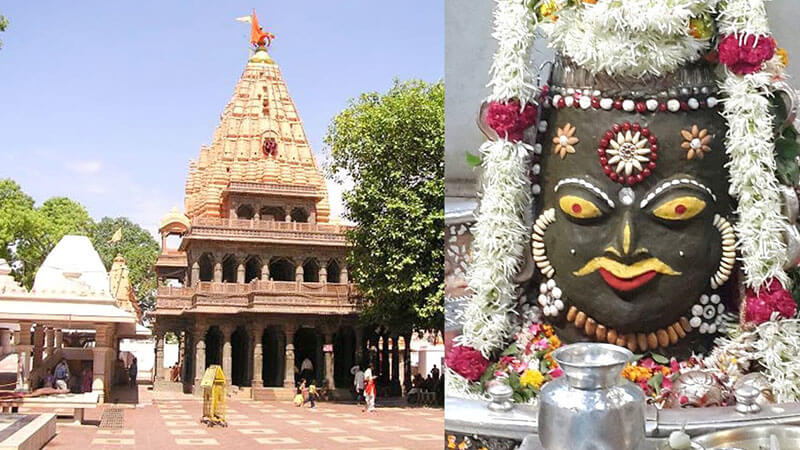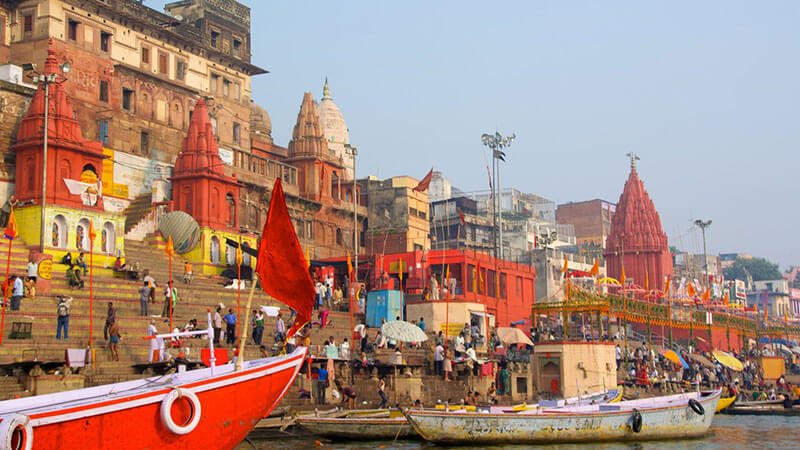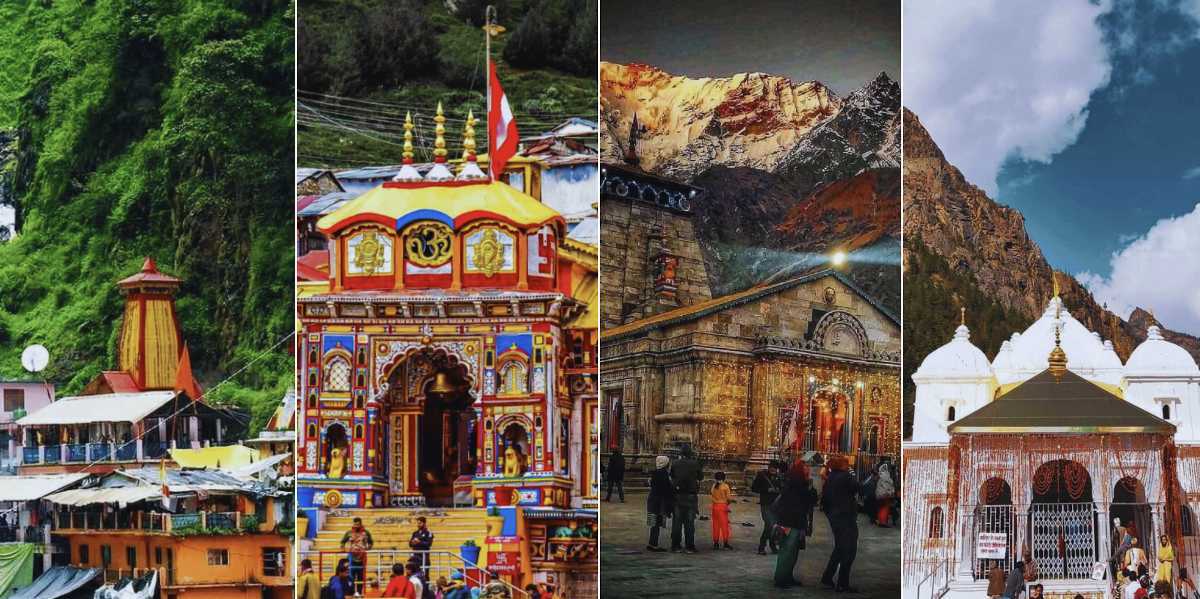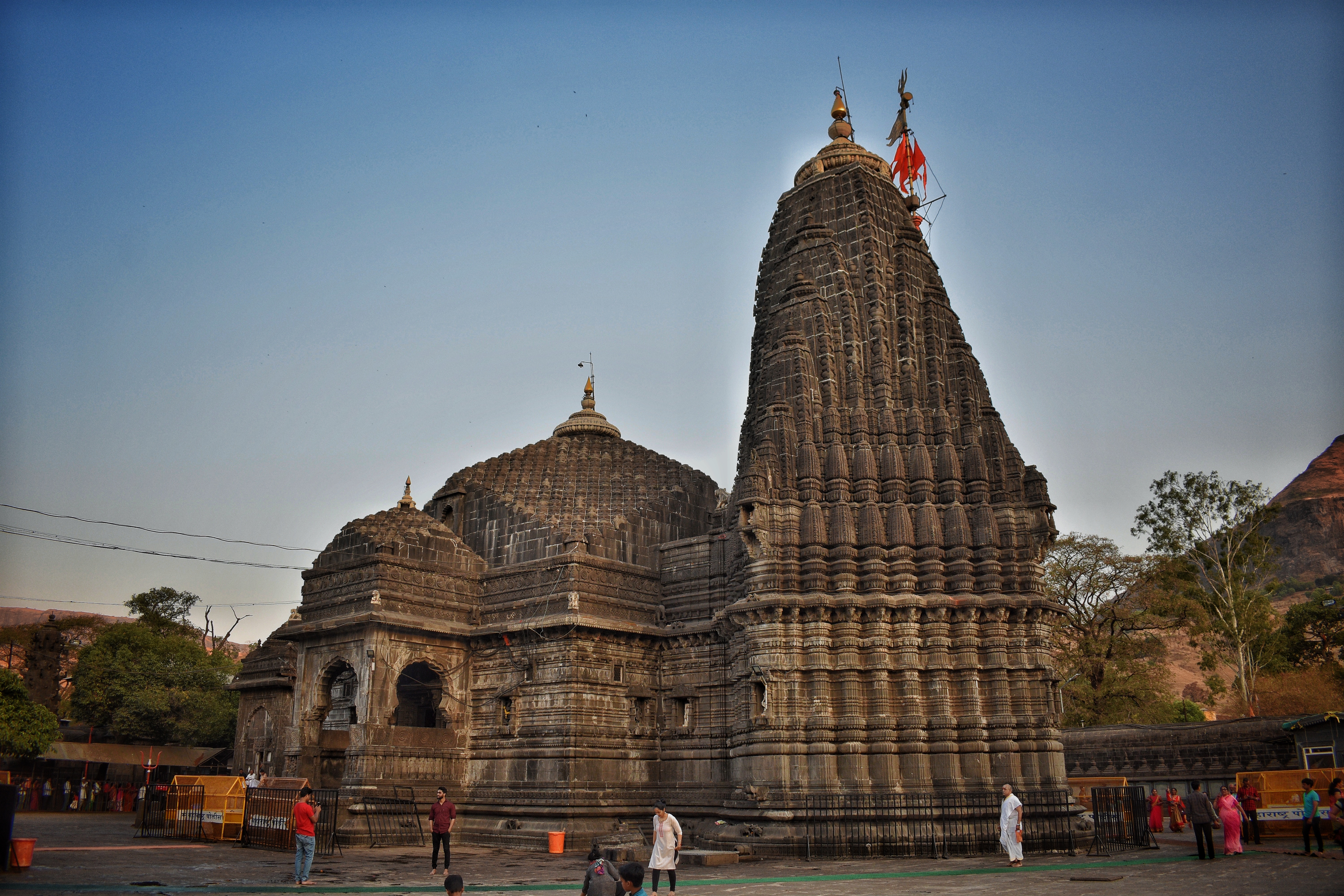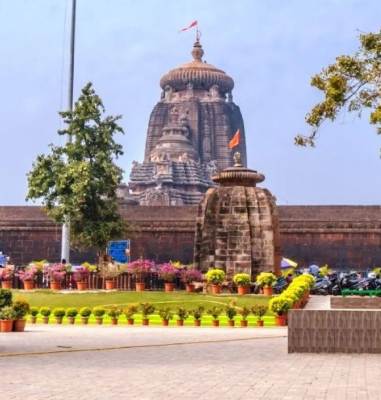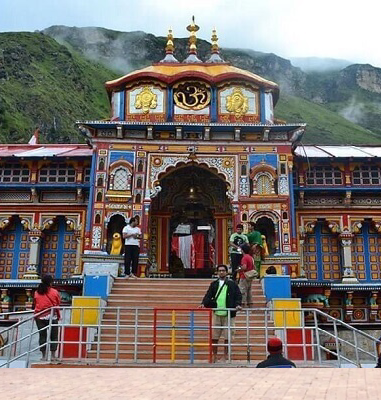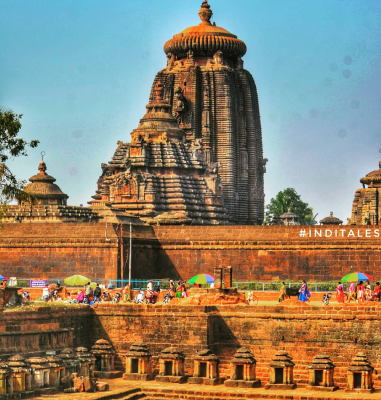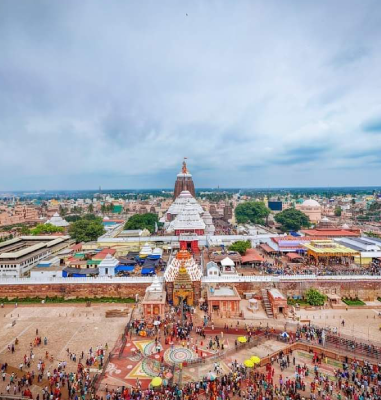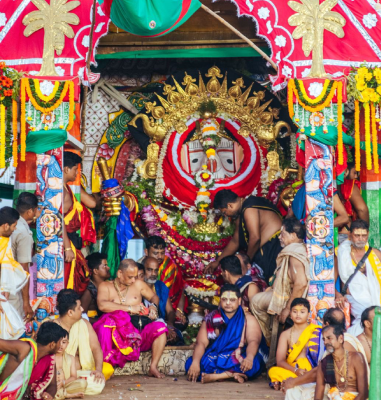Ayodhya: The Sacred City of Lord Rama
Ayodhya is at the heart of Hindu spirituality, revered as the birthplace of Lord Rama, making it one of the Saptpuri, the seven most sacred cities in Hindu tradition. The city is home to the Ram Janmabhoomi, the site where Lord Rama is believed to have been born. This location is marked by the Ram Mandir, which has long been a focal point of devotion, and more recently, a symbol of religious and political significance following the long-standing debates surrounding the site.
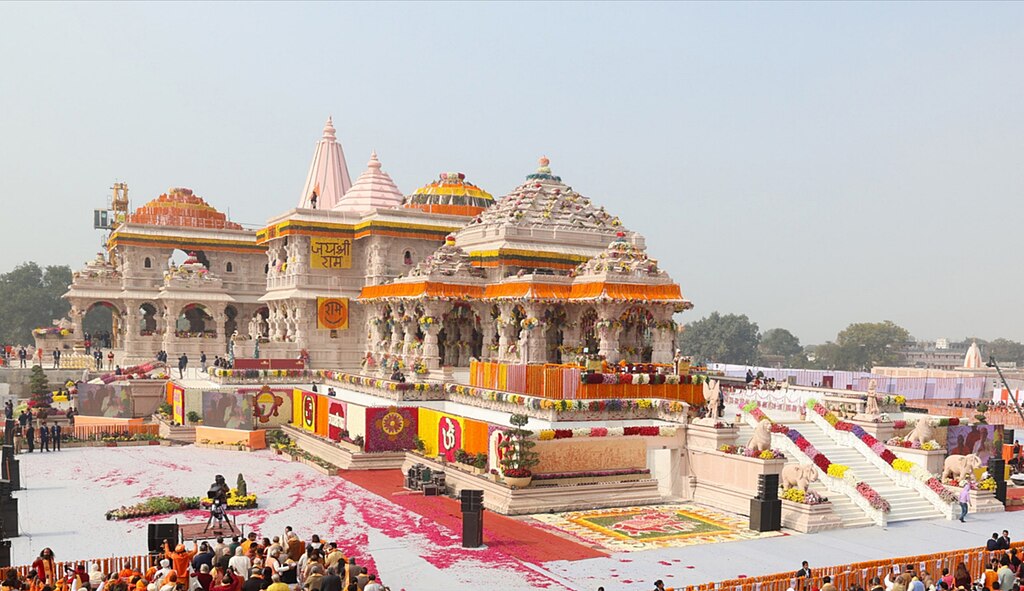
The Dwarka Temple: A Divine Structure
The centerpiece of Dwarka is the Dwarkadhish Temple, dedicated to Lord Krishna. This beautiful temple, with its distinct architecture pilgrims from all over the world. The temple stands on the banks of the Ganges and is an excellent example of ancient indian craftsmanship.
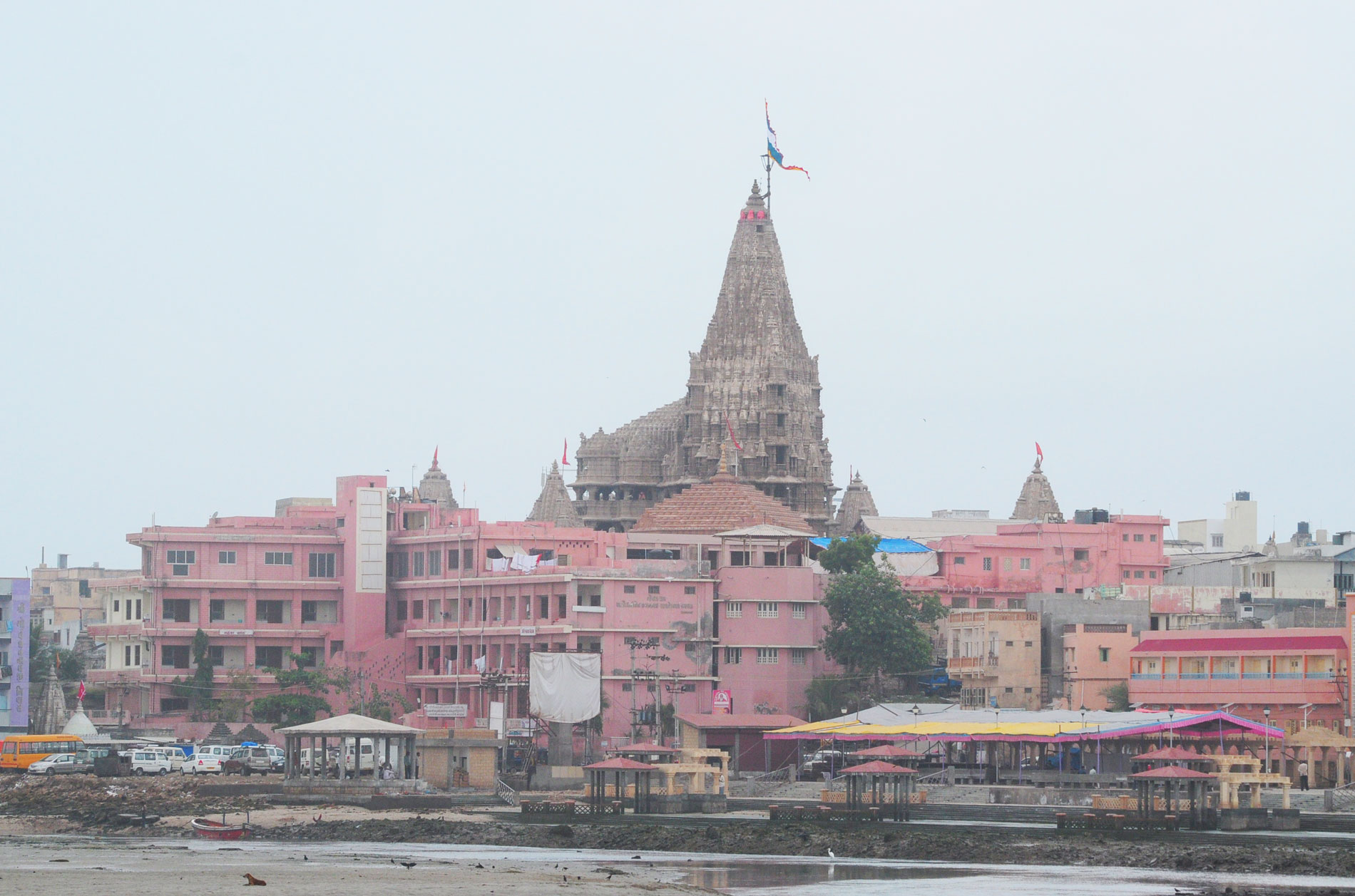
Haridwar: A City of Spiritual Significance
Haridwar is a city where the holy river Ganges enters the plains from the mountains of the Himalayas, making it a spiritually charged location. The city is an essential destination for Hindus, who believe that taking a dip in the Ganges here washes away sins and grants salvation. Haridwar is one of the seven holiest places (Saptapuri) in Hinduism, and it plays a crucial role in the Char Dham Yatra. Visitors from across the world flock to Haridwar for a taste of spirituality, history, and tradition.
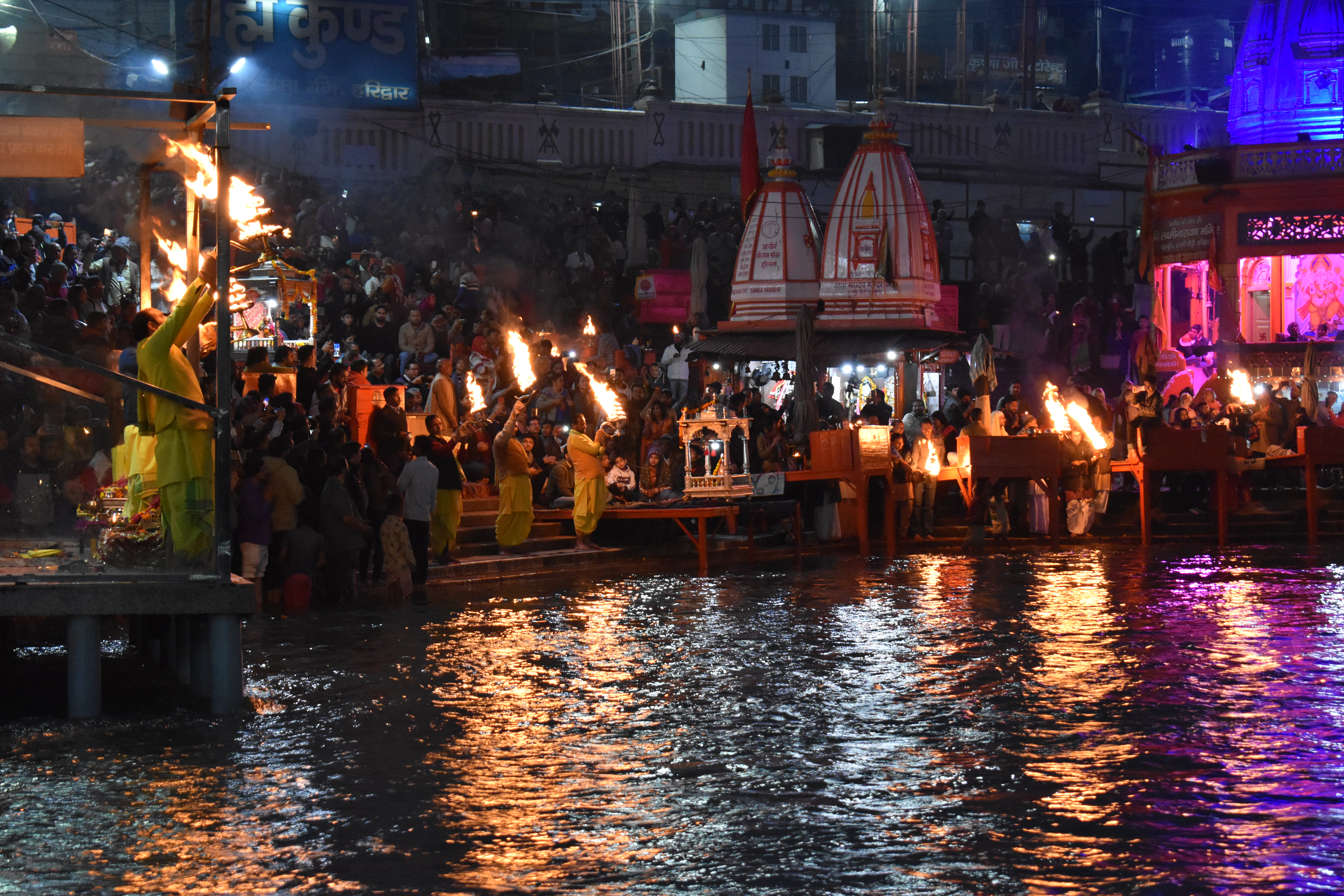
Varanasi: The Spiritual Heartbeat of India
Varanasi is one of the seven most sacred cities in Hinduism, known as the Sapta Puri. It is believed that Lord Shiva, the destroyer of evil, resides here and that those who die in the city attain moksha—liberation from the cycle of birth and rebirth. The city is synonymous with pilgrimage, and millions of Hindus visit to bathe in the holy waters of the Ganges, perform rituals for their ancestors, or simply seek spiritual solace.
The ghats (riverfront steps leading to the river) are an inseparable part of Varanasi’s identity. There are over 80 ghats in the city, each with its own history, significance, and rituals. Among these, the most famous are Dashashwamedh Ghat, Manikarnika Ghat, and Assi Ghat.
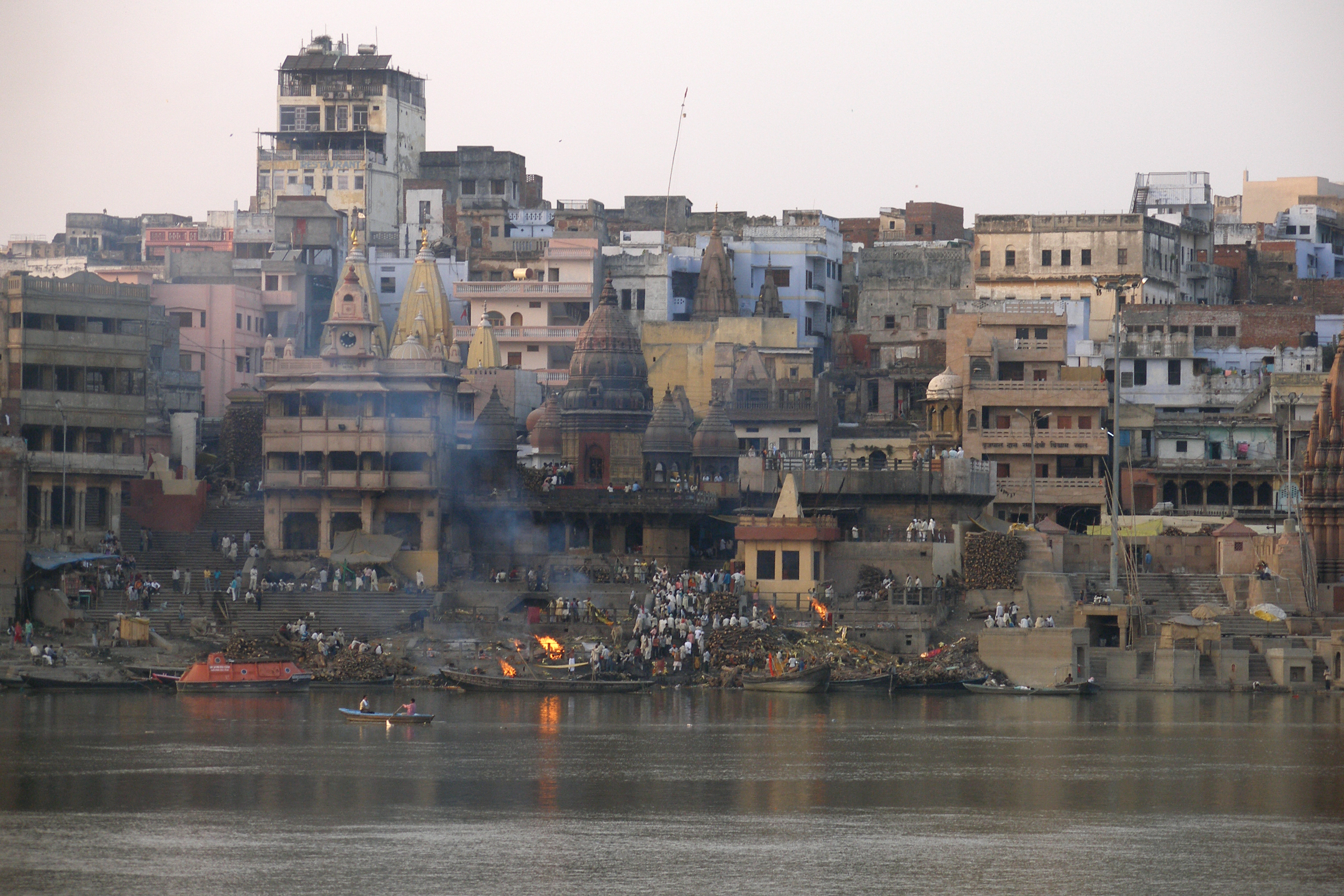
Mathura: A Journey Through Mythology and Spirituality
Mathura is not just an ancient city; it is a place where the divine is said to have descended on earth. According to Hindu mythology, it is the place where Lord Krishna was born to Queen Devaki and King Vasudeva in the Dwapara Yuga. The city is revered as one of the seven holiest places (Saptapuri) for Hindus, and visiting Mathura is believed to purify the soul.
The Sri Krishna Janmabhoomi temple, located in the heart of Mathura, marks the exact spot where Lord Krishna was born. The temple is a focal point of pilgrimage, attracting devotees from around the world who come to pay homage to the Lord who is believed to have brought divine love and wisdom to earth.
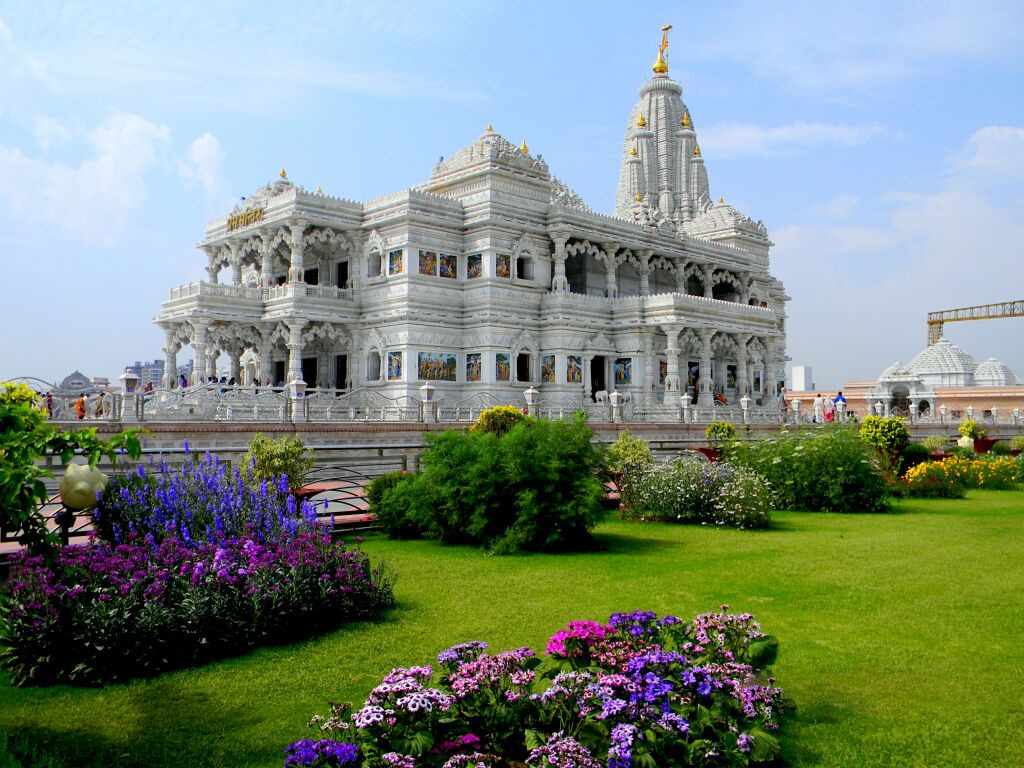
Kanchipuram – A Divine and Cultural Gem
Kanchipuram is a city where the sacred and the divine come alive. It is believed that those who visit Kanchipuram and take a holy dip in the Kanchipuram tanks are blessed with eternal salvation or moksha. The city is home to temples dedicated to both Lord Vishnu and Lord Shiva, making it one of the most important spiritual destinations in India.
As one of the seven holiest cities (Saptapuri), Kanchipuram holds immense significance for Hindus, and the divine atmosphere of the city makes it an essential stop on any spiritual pilgrimage tour.

Ujjain: The Sacred City of Lord Shiva and Timeless Spirituality
Ujjain is one of the seven Moksha-puris (cities of salvation) and one of the holiest places in India, where millions of devotees flock every year to seek divine blessings and peace. Ujjain is famous for the Mahakaleshwar Temple, which is dedicated to Lord Shiva and is considered one of the most powerful Jyotirlingas, believed to fulfill the wishes of its devotees.
The city is also a key stop in the famous Kumbh Mela, held every 12 years, attracting millions of pilgrims to take a holy dip in the sacred Kshipra River. Ujjain’s historical and spiritual significance has earned it the nickname “The City of Temples” and makes it an essential destination for religious tourism in India.
